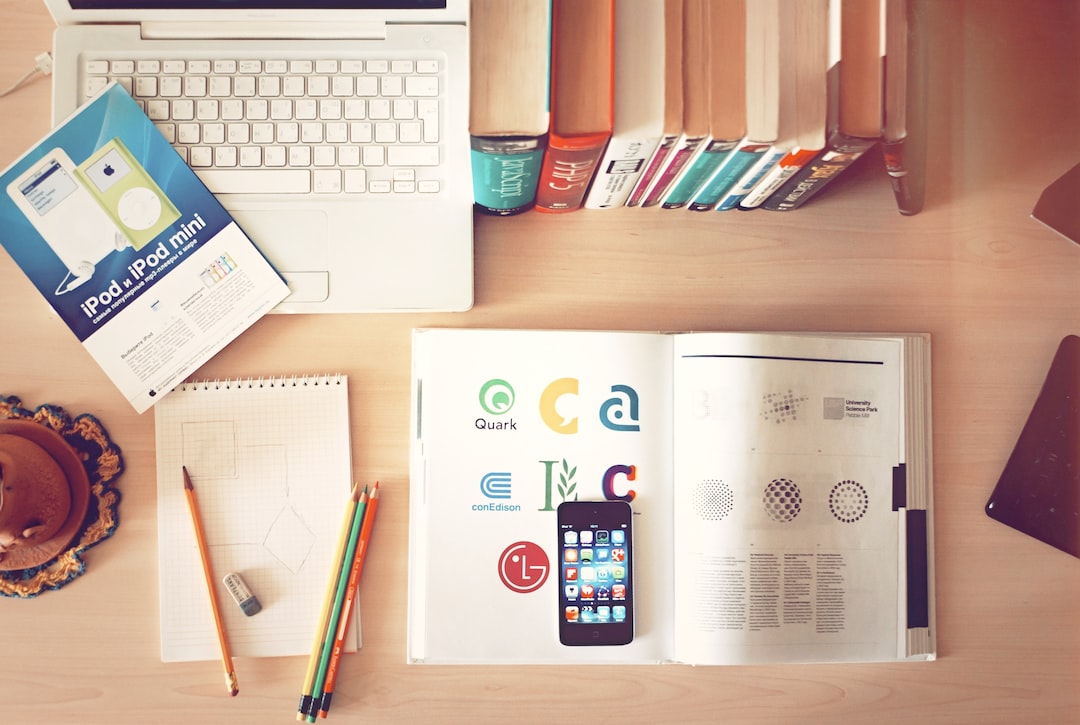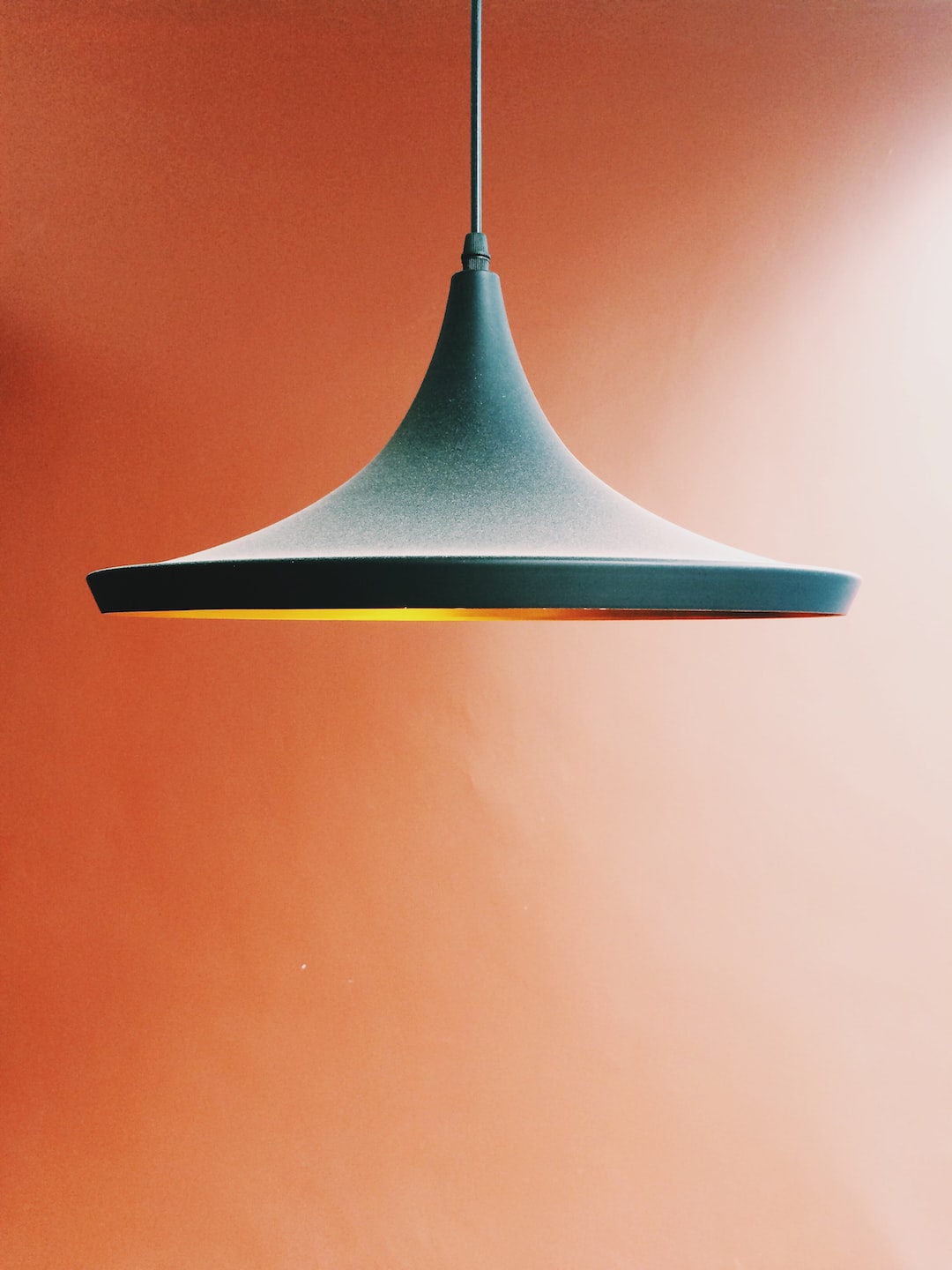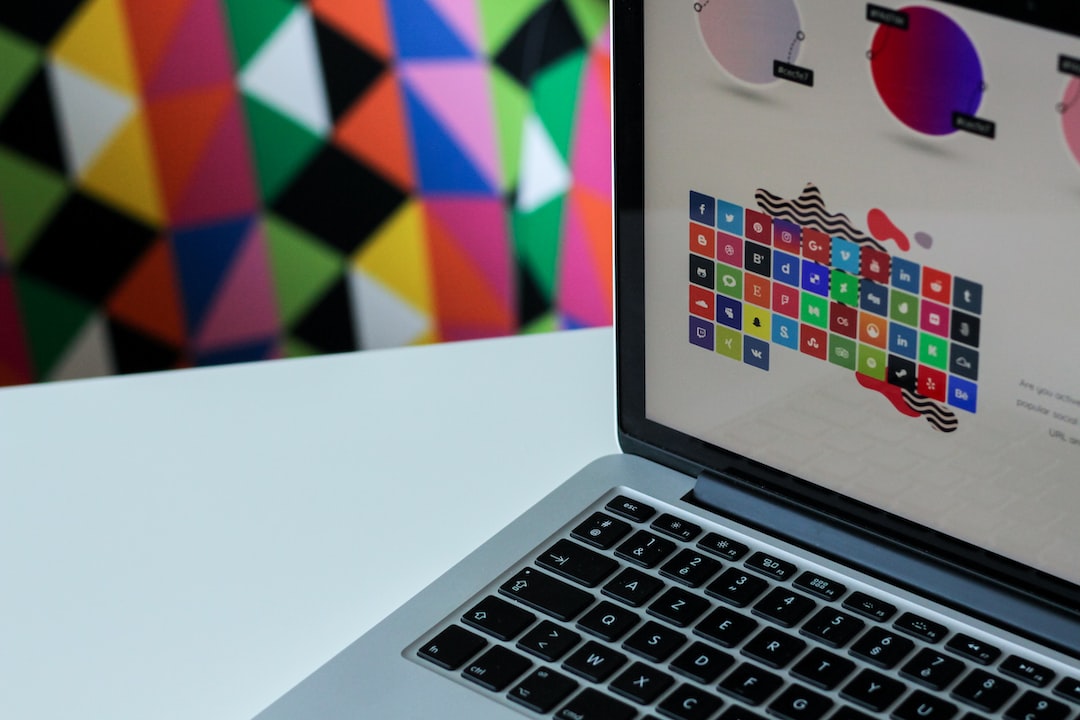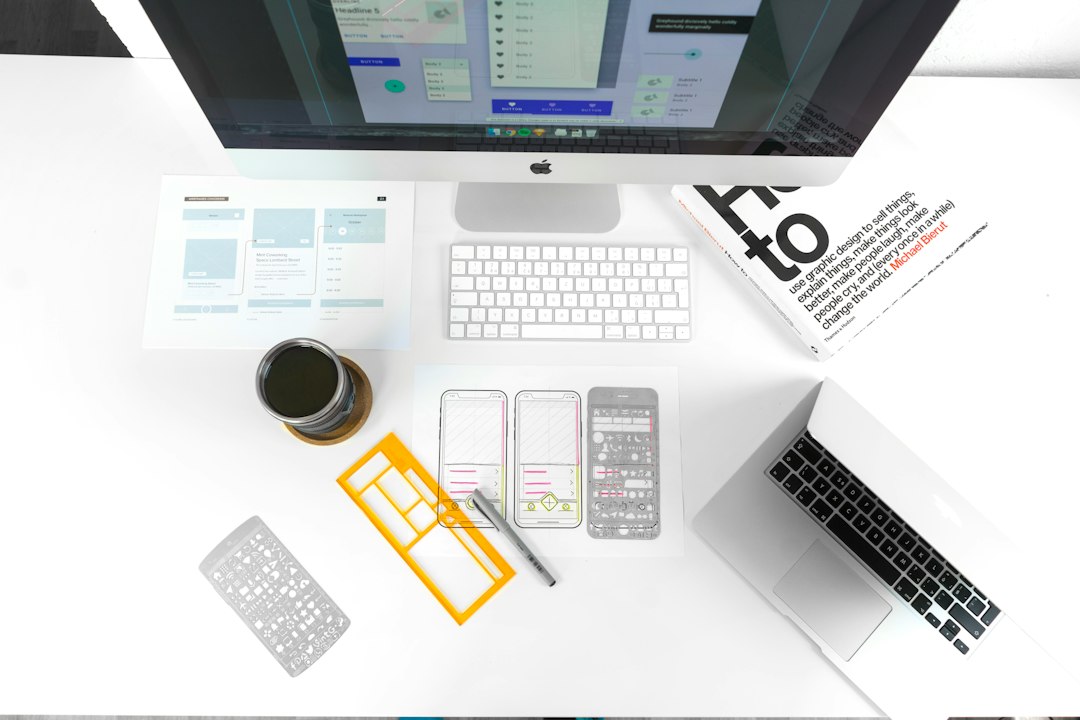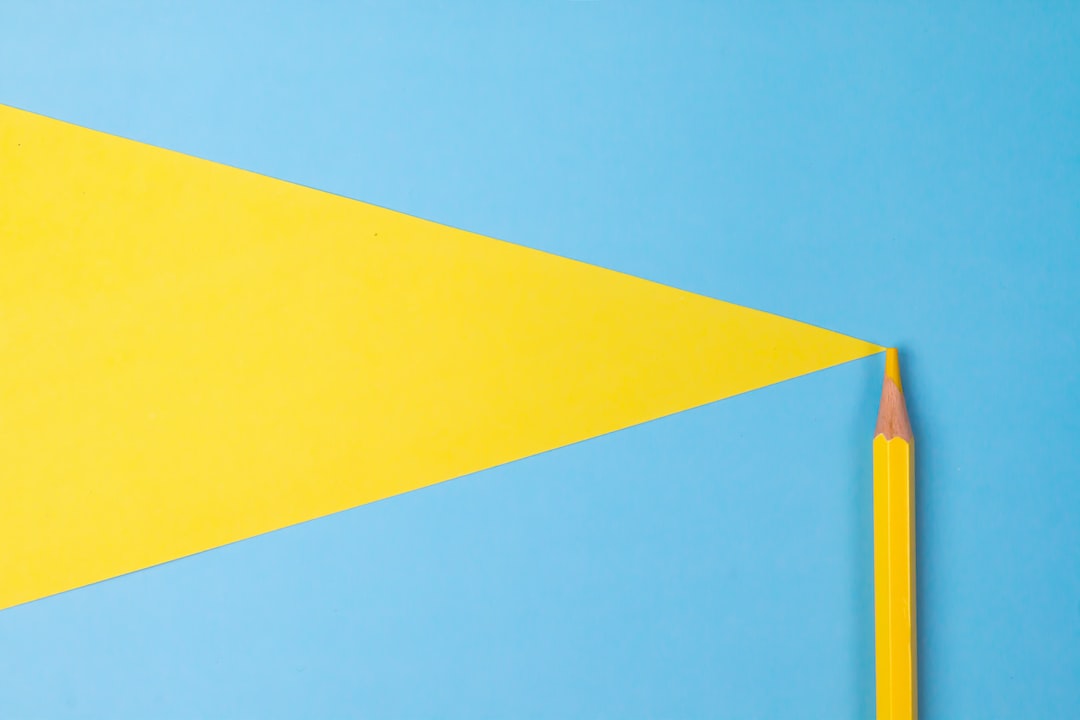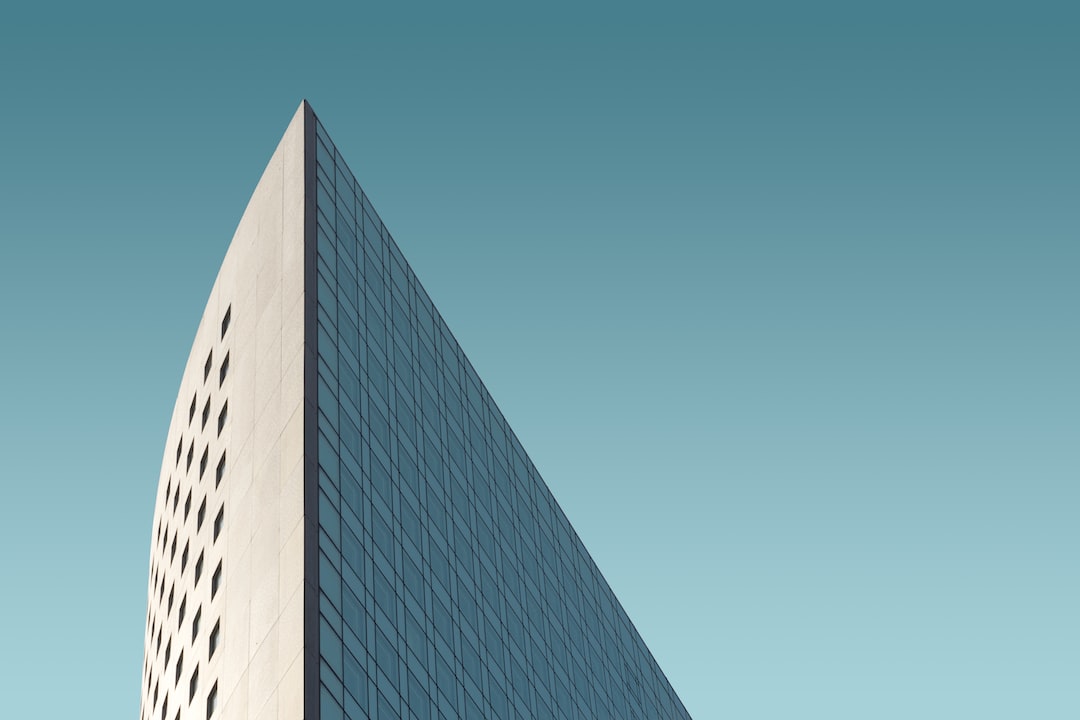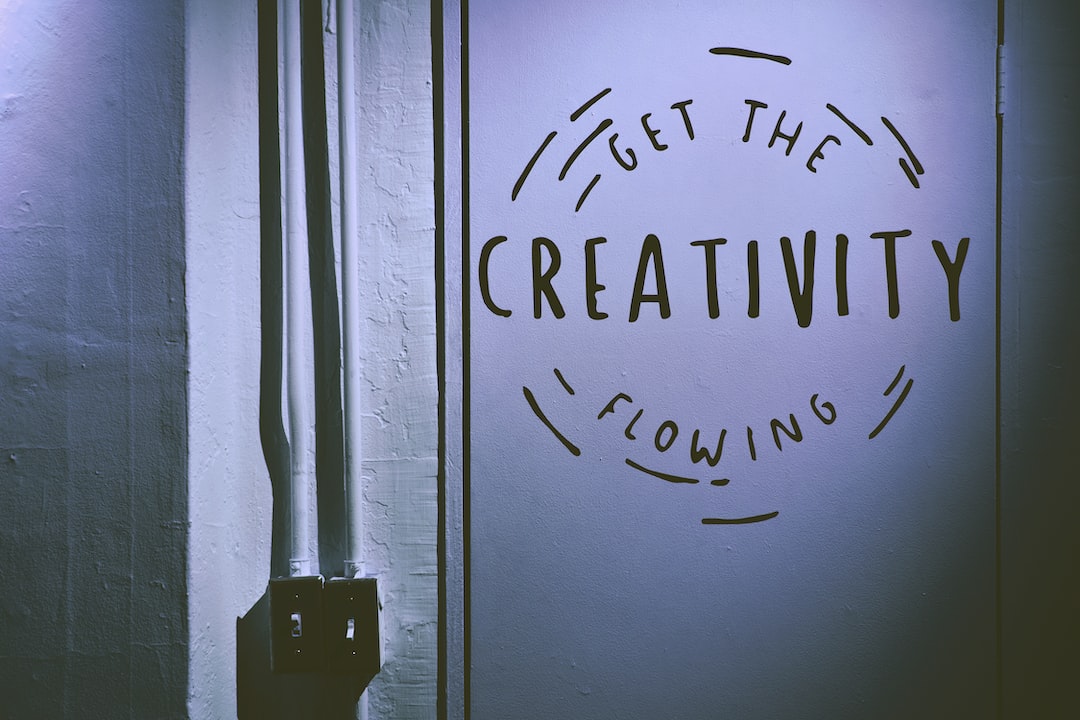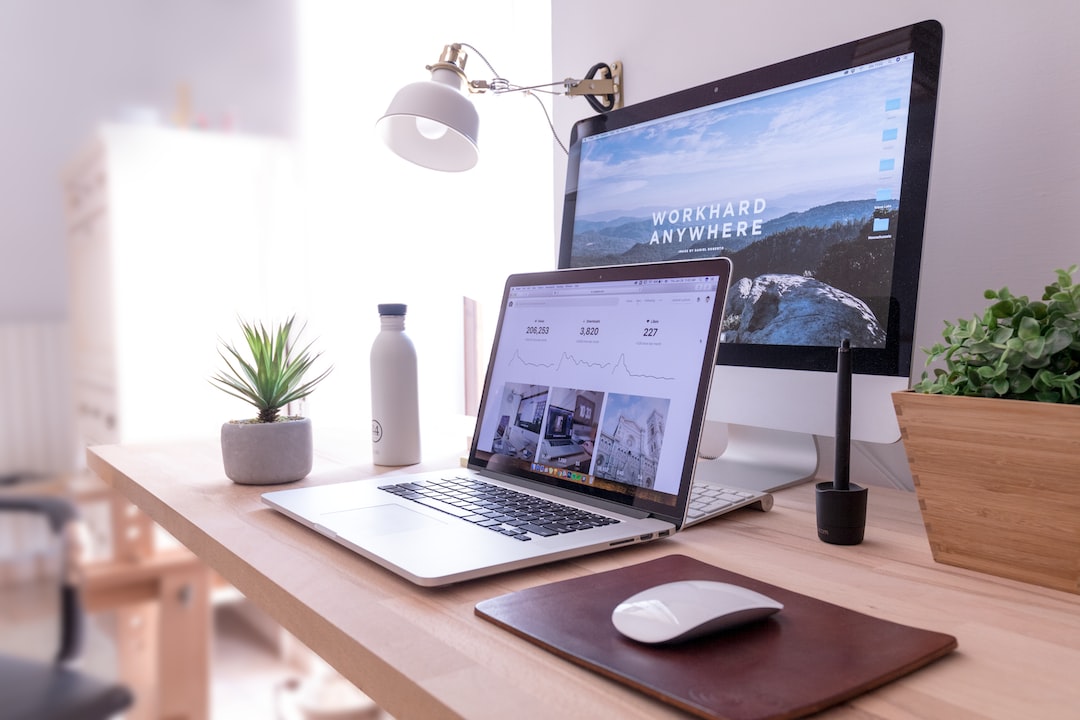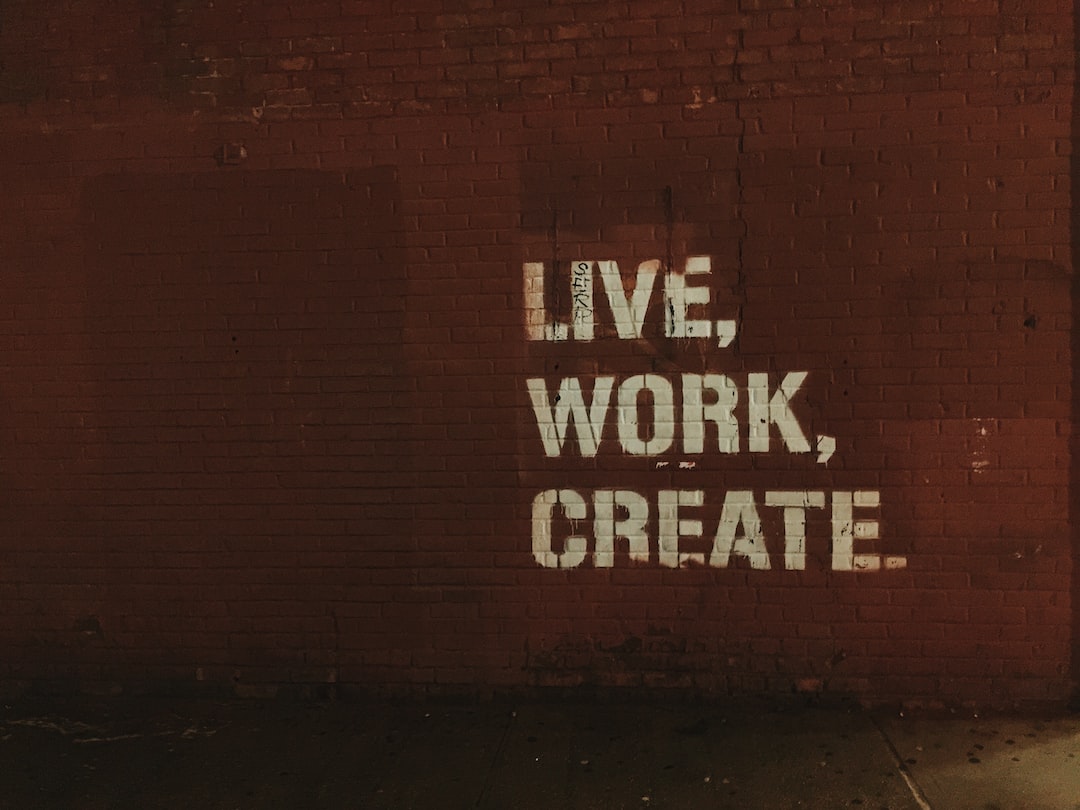Lighting is often overlooked when it comes to designing and decorating a home. However, it plays a crucial role in creating the right ambiance and atmosphere in any living space. The art of lighting can transform your home into a cozy retreat or a lively entertaining space. Let’s explore the different ways in which you can utilize lighting to enhance the overall look and feel of your home.
Firstly, it is essential to understand the three basic types of lighting: ambient, task, and accent. Ambient lighting provides overall illumination and is often the primary source of light in a room. It can be achieved through various fixtures such as chandeliers, ceiling lights, or even natural light sources like windows. This type of lighting is crucial in setting the general mood and brightness level of a space.
Task lighting, on the other hand, is more focused and serves a specific purpose. It helps accomplish tasks such as reading, cooking, or working on a project. Task lighting can be achieved through table lamps, desk lamps, under-cabinet lights, or pendant lights directly above a workspace. By incorporating task lighting, you not only enhance functionality but also create a visually appealing and functional area.
Lastly, accent lighting is used to highlight architectural features, artwork, or specific areas of a room. This type of lighting adds depth and dimension to your space, creating visual interest. Accent lighting fixtures include wall sconces, track lights, or even uplights on the floor. By strategically placing accent lights, you can draw attention to your favorite objects or create a focal point in a room.
Another essential aspect of lighting design is considering the color temperature of light. The color temperature can greatly impact the overall ambiance of a space. Warm light, with a lower color temperature (around 2700-3000 Kelvin), creates a cozy and relaxing atmosphere, ideal for bedrooms and living rooms. Cool light, with a higher color temperature (around 5000 Kelvin), gives a bright and crisp feel, making it suitable for kitchens, offices, or bathrooms. By mixing and matching warm and cool light sources, you can create a dynamic and vibrant environment in your home.
To further enhance the ambiance, consider incorporating dimmers and smart lighting systems. Dimmers allow you to adjust the brightness level according to your needs and create different moods throughout the day. Smart lighting systems, controlled through a smartphone app or voice command, offer convenience and versatility. With a smart lighting system, you can create preset scenes for various activities, such as movie nights or dinner parties.
Moreover, don’t limit yourself to indoor lighting! Outdoor lighting plays a crucial role in creating an inviting atmosphere for your garden, patio, or balcony. String lights, lanterns, and sconces can add a touch of magic to your outdoor spaces, transforming them into cozy retreats or festive gathering spots.
In conclusion, the art of lighting goes beyond simply illuminating a space. It allows you to create a specific mood, highlight architectural features, and add depth and dimension to your home. By understanding the different types of lighting and their effects, considering color temperature, and incorporating dimmers and smart lighting systems, you can create the perfect ambiance in every room. So, don’t underestimate the power of lighting when it comes to designing and decorating your home!
